What Size Wire to Run 500 Feet?
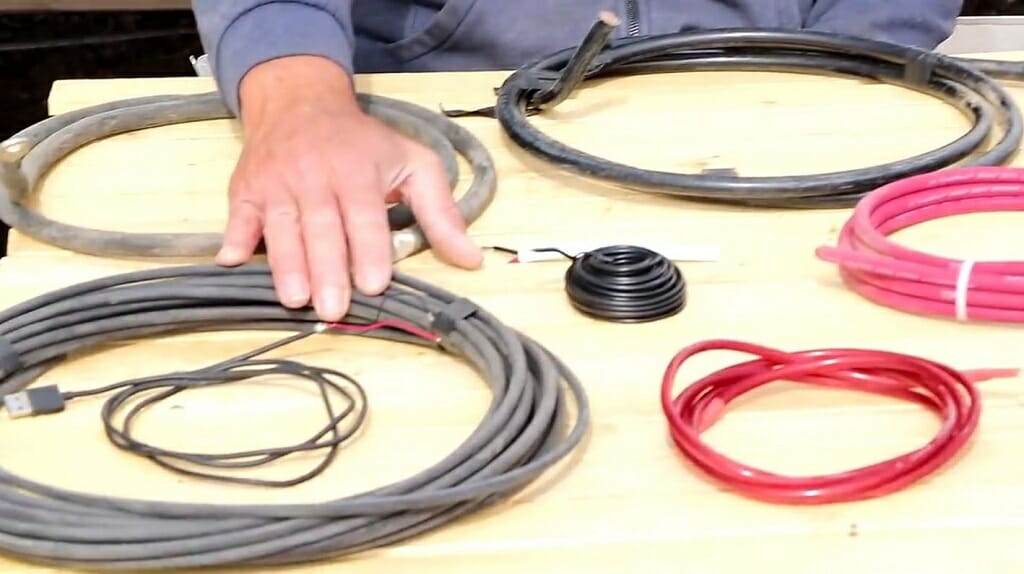
Are you planning to run a wire 500 feet? If so, you’ll find this post immensely helpful. Running a wire 500 feet is not a difficult task at all. But the issue lies with distance; more distance means more trouble for you. Even if you run the wire accordingly, sometimes, it won’t work. Why is that? The distance might be 100, 200, or 500 feet. You might have to use wires with different gauges according to the distance. So, without wasting much time, let’s start by quickly answering today’s question – what size wire to run 500 feet.
Considering the allowable voltage drop, for a 120V and 20 amp circuit, you’ll require 1/0 AWG wire to cover a distance of 500 feet without any issues. For a 240V and 30 amp circuit, 3/3 AWG wire will be enough for 500 feet.
Must-Know Things About the Voltage Drop
Voltage drop plays a vital role when you run a wire 500 feet. For instance, if you run two 16 gauge wires for 100 feet and 200 feet, you will observe that the 200 feet wire has more voltage drop compared to the 100 feet wire. But, you might ask, why is that?
For this, you need to understand the following equation.
R = ρL/A
Here, R is the resistance of the wire. ρ is the resistivity, and it is a constant. L represents the length of the wire, and A represents the cross-sectional area of the wire. So, when we consider a gauge 16 wire, A and ρ will remain the same. But, L will change according to the distance.
R α L
Because of that, the resistance of the wire increases with the length.
What Happens to Voltage When the Resistance Increases?
According to Ohm’s Law,
R = V/I
Where V represents voltage, and I represent current. That means when you increase the resistance of a circuit, the voltage drop in that circuit increases. The same theory applies to the wires.
What is the Allowable Voltage Drop?
If you are using a low voltage installation and the connection is coming from a public voltage distribution system, here are the recommended voltage drop values.
- Maintain a below 3% voltage drop for lighting.
- Maintain a below 5% voltage drop for other uses.
This recommended voltage drop is known as the allowable voltage drop or the maximum voltage drop.
Keep in mind: An excessive voltage drop can cause lights, motors, and other electrical devices to malfunction. Sometimes, these devices might get burned.
Different Wire Gauges
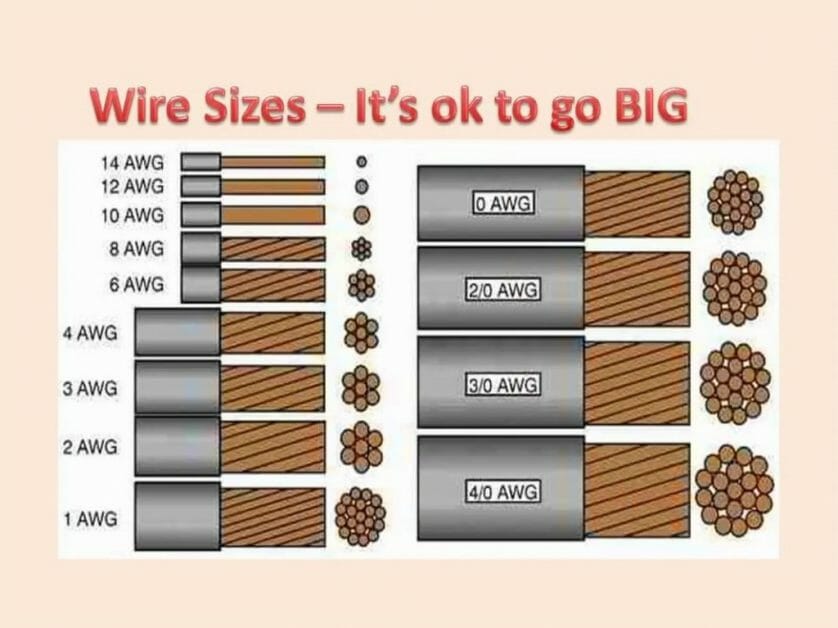
If you ever had the chance to be a part of a wiring project, you probably know about the AWG system. However, for the sake of the article, today I’m going to give you a simple explanation of the AWG system.
American Wire Gauge, aka AWG, is a system that is created to identify the size of the wires. For instance, you can find wires labeled as 6 AWG. That means the wire has an AWG value of 6. Also, it has a conductor diameter of 0.162 inches.
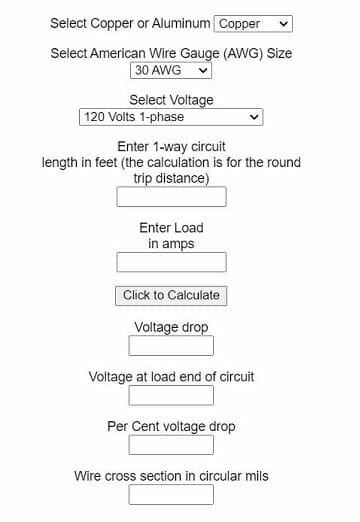
You can use a voltage drop calculator to determine the voltage drop of these AWG wires.
Voltage Drop Calculator – Click Here
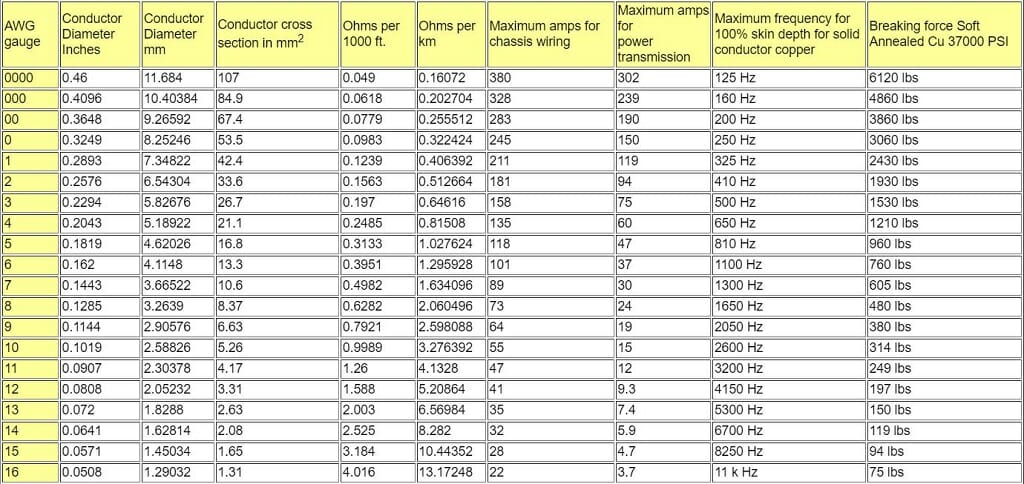
With the help of a few equations, you’ll be able to calculate cross-section, ohm value, braking force, and many more. This process can be applied to copper wires and aluminum wires.
Wire Size for 500-feet Run?
If you plan to wire 500 feet, depending on the starting voltage and the current, the wire size might vary.
For 120V and 20 amp circuits, you’ll need a 1/0 AWG copper wire. For 240V and 30 amp, you’ll need 3/3 AWG wire.
Keep in mind: In 4/3 AWG, 4 is the AWG value, and 3 is the number of conductors.
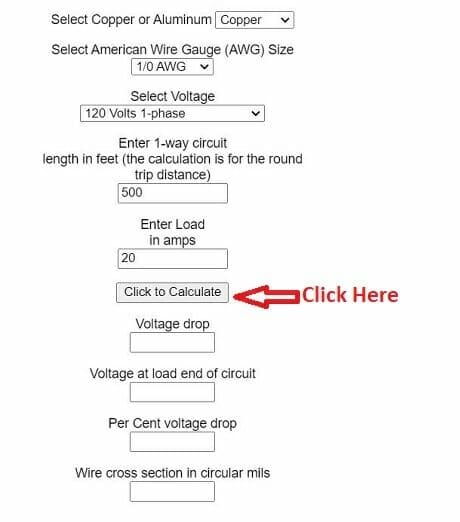
You can confirm the above result by using the voltage drop calculator. Remember, keep the voltage drop at the recommended levels.
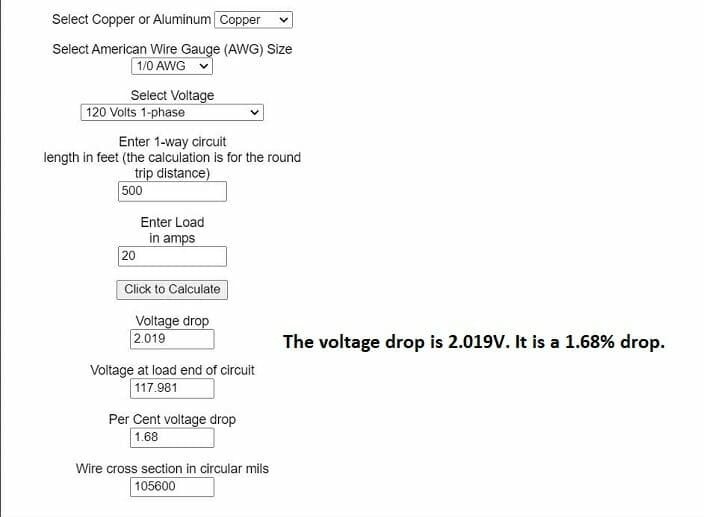
Here are some copper wire sizes for different distances.
| Distance(feet) | Voltage | Current | Wire Size |
| 150 | 120V | 20 amp | 6/2 AWG |
| 150 | 240V | 30 amp | 8/3 AWG |
| 300 | 120V | 20 amp | 4/2 AWG |
| 300 | 240V | 30 amp | 4/3 AWG |
| 500 | 120V | 20 amp | 1/0 AWG |
| 500 | 240V | 30 amp | 3/3 AWG |
You can find a lot of free-to-use voltage drop calculators on the internet. So, check the above results. Remember, the goal is to keep the voltage drop below 3% or 5%. Also, you might not be using a 20 amp or 30 amp. Instead, you might be using a 15 amp. If that is the case, the wire size will change accordingly.
Tip: Also, use the voltage drop calculator to determine aluminum wire sizes. (1)
Frequently Asked Questions
Is it Possible to Use Oversize Wire?
Yes, you can. There won’t be any increase or decrease in the circuit’s performance. However, remember to check the allowable voltage drop.
Can I Use a Too Small Wire?
Using smaller wires can cause serious issues. It will result in damaged devices.
Is It Necessary to Bury the Wire?

Yes. You can bury the UF wires directly in the earth. Or bury it in a conduit. When burying a wire directly, remember to dig 24 inches. If you are using conduits, 18 inches is more than enough.
Wrapping Up
Now running a wire 500 feet should be an easy task for you. If the voltage drop is acceptable, there won’t be any issues, given that you complete the wiring properly. Whenever you are doing such an electrical project, remember to take necessary safety precautions. (2)
Take a look at some of our related articles below.
- What gauge wire from battery to starter
- How to run wire through walls horizontally
- Where to find thick copper wire for scrap
References
(1) aluminum – https://www.livescience.com/28865-aluminum.html
(2) electrical project – https://interestingengineering.com/12-electrical-engineering-projects-that-will-impress-your-teachers
Video References
CheapRVliving
ArizonaHotHomestead
Country View Acres
